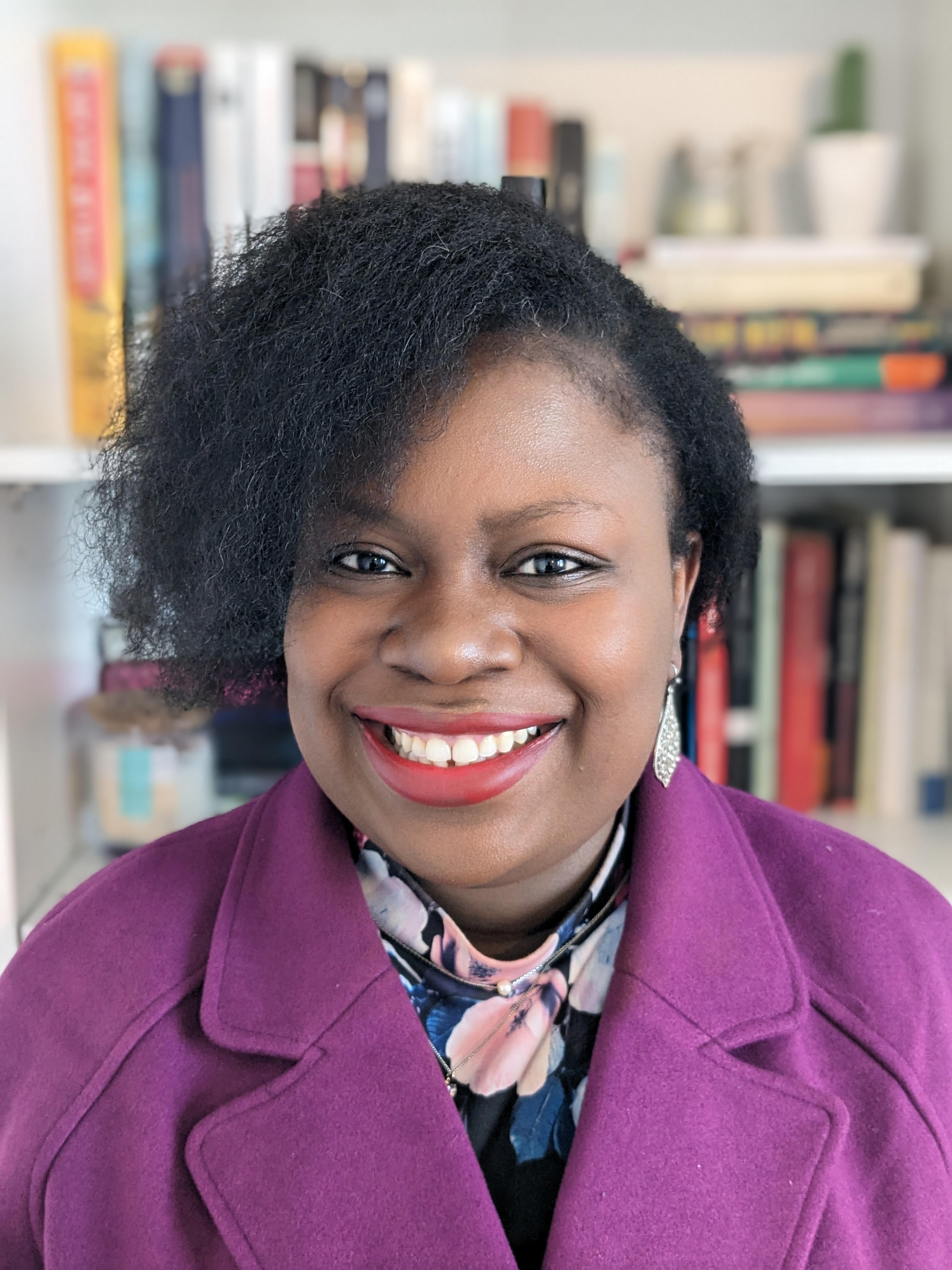
Bisola Ajibade
Bisola Ajibade is a researcher, based in Germany. She previously worked as an Adjunct Lecturer at the University of Florida, where she taught German language courses as well as seminars on African cultures & literatures. Bisola earned her Master’s degree in German Studies from the University of Florida in 2022 and holds a Bachelor's degree in German and French from Obafemi Awolowo University in Nigeria, obtained in 2018. With over 11 years of experience, she has taught languages both virtually and in-person across Nigeria, the US, and globally. Additionally, Bisola has provided translation services for business, media, and sports companies in Nigeria, Côte d'Ivoire, and the US. Outside of her professional work, Bisola is passionate about traveling.
Dò-re-mí: Unlocking the Melodies of Yorùbá Pronunciation
Yorùbá language belongs to the Niger-Congo language family, which is one of the largest language families in the world. It is one of the major languages in Nigeria and is also spoken in Benin, Togo, Sierra Leone, as well as parts of Brazil, Cuba, and Trinidad & Tobago. The Yorùbá language writing system, which uses the Latin script, was greatly developed by Samuel Ajayi Crowther, a linguist and the first African Anglican bishop in Nigeria, in the 19th century. Moreover, Yorùbá is a tonal language in which tone marks play a crucial role in pronunciation and meaning. This study aims to elucidate the role that the musical tonic sol fa 'dò-re-mí' plays in writing, reading, and pronouncing Yorùbá accurately. By examining common examples and homophones, this study demonstrates how tone and diacritical marks distinguish meanings and sounds in the Yorùbá language. Specifically, these tone marks are applied to the vowels and the nasal sound ‘n.’ For example, the word 'Yorùbá' has the tones 're-dò-mí,' illustrating the use of tone marks in pronunciation. Through practical demonstrations, this research highlights the necessity of mastering tone marks for effective communication in Yorùbá. Therefore, this study contributes to the broader understanding of tonal languages and their unique phonetic systems.

